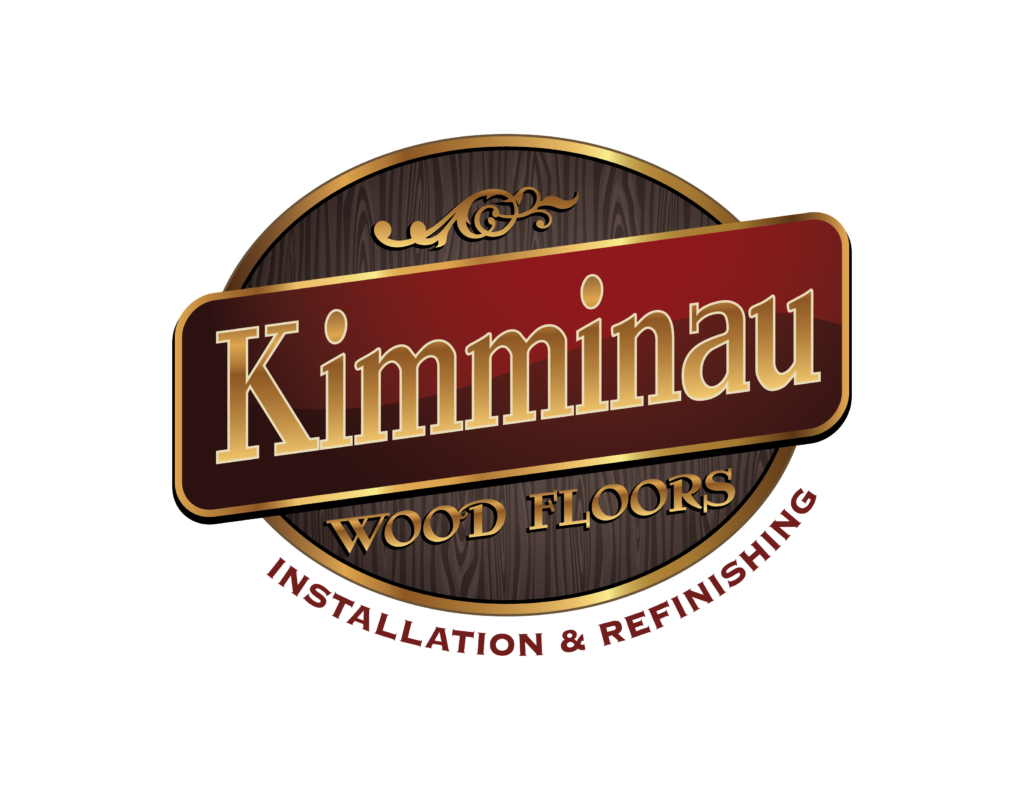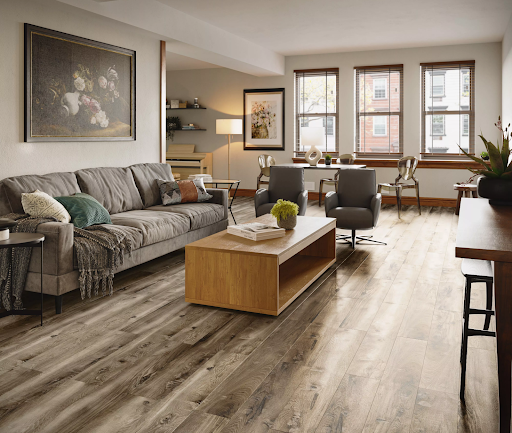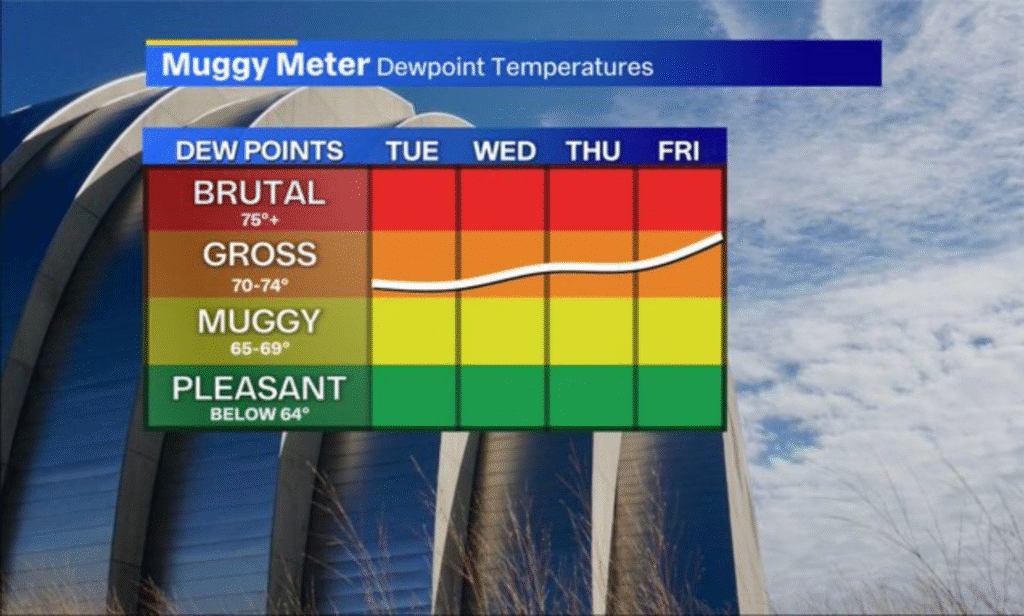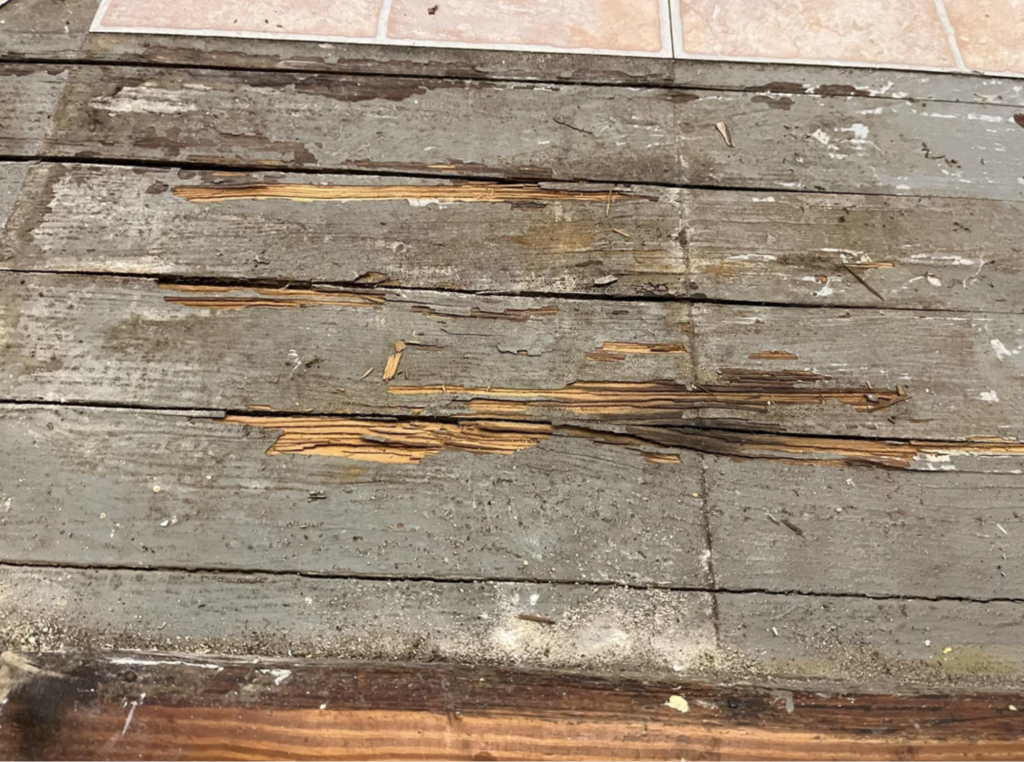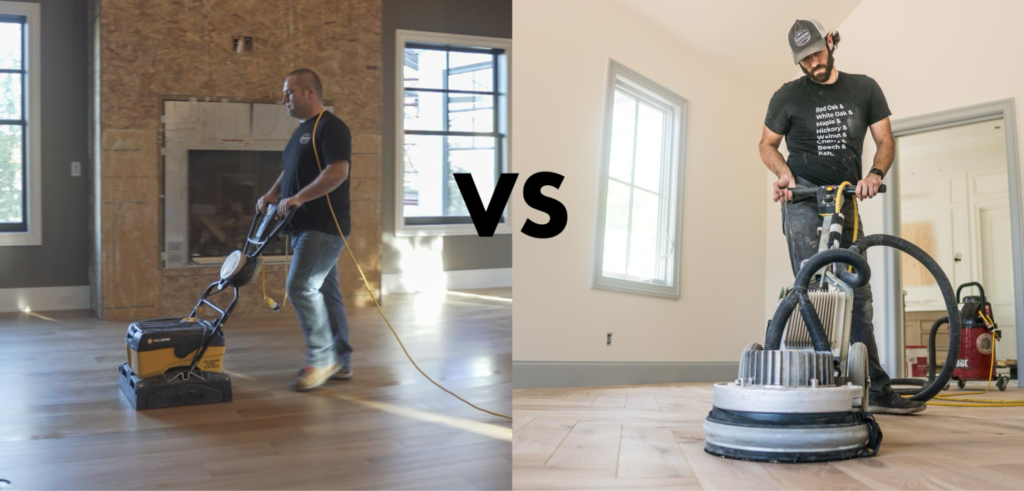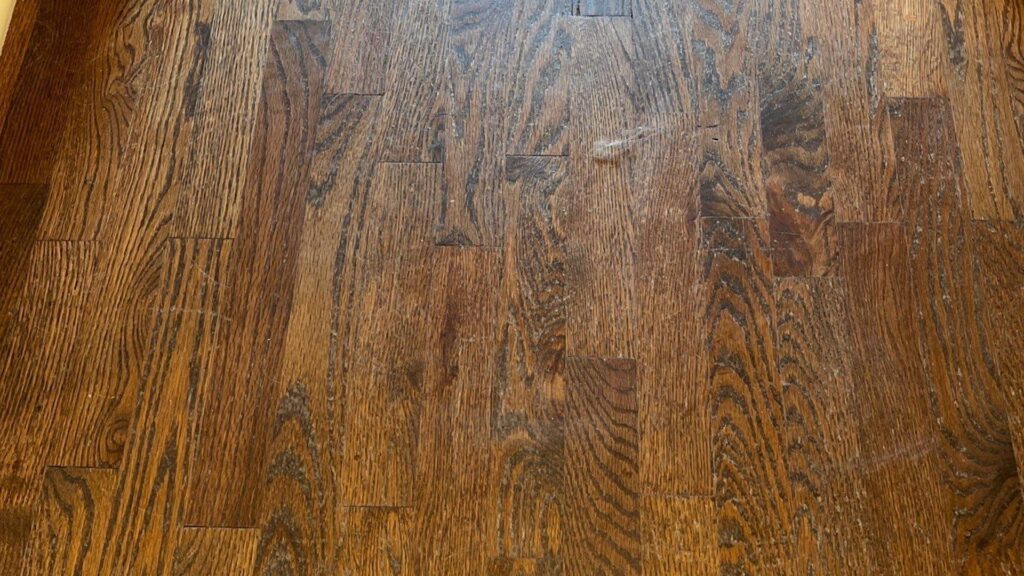Luxury Vinyl Tile (LVT) has taken the flooring industry by storm. Once considered a budget-friendly alternative to hardwood, it has evolved into a high-end flooring choice for homes and businesses alike. If you’re considering LVT, this guide will walk you through everything you need to know—from materials and installation to durability, maintenance, and environmental impact.
What is Luxury Vinyl Tile (LVT)?
LVT is a modern flooring solution that mimics the look of natural materials like wood, stone, and ceramic tile. It is made from multiple layers, including:
-
- Wear Layer: A protective top coat that resists scratches and stains.
-
- Design Layer: A high-resolution image that replicates the appearance of natural materials.
-
- Core Layer: Made from either Stone Plastic Composite (SPC) or Wood Plastic Composite (WPC), providing stability and durability.
-
- Backing Layer: Enhances moisture resistance and supports easy installation.
Unlike traditional vinyl flooring, LVT is thicker, more durable, and comes in tile or plank form, making it an excellent choice for high-traffic areas.
Why is LVT So Popular?
The LVT market is booming. As of 2023, the global vinyl flooring industry was valued at $36.63 billion and is projected to grow at a 6.8% CAGR over the next decade. LVT, in particular, has gained traction due to its blend of affordability, style, and resilience.
Benefits of LVT Flooring
1. Incredible Durability
LVT is designed to withstand heavy foot traffic, making it ideal for busy households, commercial spaces, and rental properties.
2. Waterproof and Moisture-Resistant
Unlike hardwood or laminate, LVT is waterproof, making it perfect for bathrooms, kitchens, and basements where moisture levels are high.
3. Easy Installation
Depending on the type of LVT you choose, installation can be DIY-friendly. Options include:
-
- Glue-down (best for commercial settings and heavy traffic areas)
-
- Click-lock floating floors (easiest for DIY installation)
-
- Peel-and-stick (great for quick, temporary installs)
4. Low Maintenance
LVT requires minimal upkeep. Regular sweeping and occasional damp mopping keep it looking new.
5. Comfort & Noise Reduction
With built-in underlayment options, LVT offers a softer feel underfoot compared to tile or hardwood. It also helps reduce noise, making it great for multi-level homes and apartments.
Comparing LVT to Other Flooring Types

LVT is often compared to hardwood, laminate, and ceramic tile. Here’s how it stacks up:
| Feature | LVT | Hardwood | Laminate | Tile |
| Waterproof? | Yes | No | No | Yes |
| Durability | High | Moderate | Moderate | High |
| Maintenance | Easy (mop & sweep) | Moderate (refinishing required) | Moderate (susceptible to swelling) | Easy (grout cleaning required) |
| Installation | DIY-friendly | Professional needed | DIY-friendly | Professional needed |
| Cost | $2 – $7 per sq. ft. | $5 – $15 per sq. ft. | $2 – $5 per sq. ft. | $3 – $10 per sq. ft. |
Considerations When Choosing LVT
While LVT offers many benefits, choosing the right type for your space is important. Here are key factors to consider:
1. Wear Layer Thickness
The wear layer determines how well the flooring resists scratches and stains. A thicker wear layer (12-30 mil) is recommended for high-traffic areas.
2. Core Type: SPC vs. WPC
-
- SPC (Stone Plastic Composite): Rigid, ultra-durable, and great for commercial settings.
-
- WPC (Wood Plastic Composite): Softer, quieter, and better for residential use.
3. Environmental Impact
LVT is made from polyvinyl chloride (PVC), which is non-biodegradable. While it’s more sustainable than traditional vinyl, it’s not as eco-friendly as engineered hardwood. Some brands now offer low-VOC, recyclable LVT options for improved indoor air quality.
LVT Installation: What You Need to Know

Preparing for Installation
-
- Ensure the subfloor is clean, dry, and level
-
- Acclimate flooring 48 hours before installation
-
- Use a moisture barrier if installing over concrete
DIY Installation Tips
-
- Use a utility knife for clean cuts
-
- Stagger seams for a natural look
-
- Avoid glue-down LVT unless you’re experienced
Professional Installation
For large areas, high-traffic zones, or commercial properties, hiring a professional ensures the best results, proper subfloor preparation, and long-term durability.
LVT Maintenance & Care

One of the biggest perks of LVT is its low maintenance. Follow these tips to keep your floors in top shape:
-
- Daily cleaning: Sweep or vacuum (without a beater bar)
-
- Weekly cleaning: Damp mop with pH-neutral cleaner
-
- Avoid harsh chemicals: No bleach, ammonia, or oil-based cleaners
-
- Use furniture pads: Prevent scratches from heavy furniture
-
- Recoat or repair wear layer if needed to extend lifespan
Ready to Upgrade Your Floors?
Kimminau Wood Floors is the trusted flooring expert in the greater Kansas City area, specializing in LVT installation, hardwood refinishing, and commercial flooring solutions. Contact us today!
